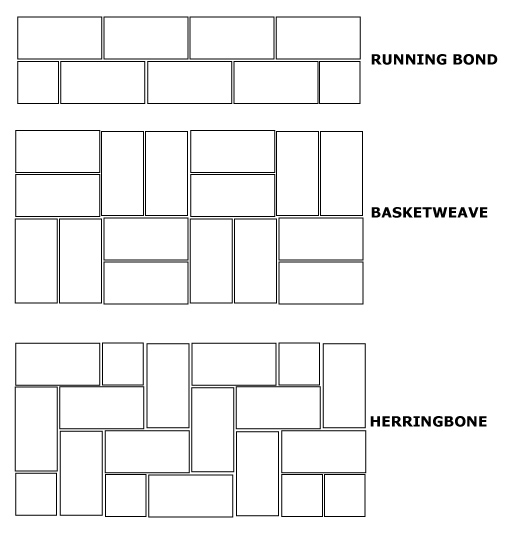When considering what material to use for a floor, few people look beyond a concrete slab, with something like tile or carpet as a finish. For us, however, there were several factors that made a stabilized compressed earth brick (SCEB) floor far more appealing.
For durability, you should use high quality bricks that are uniform in size and have clean edges. You should also use mortar if there is more than the smallest of gaps between bricks. We did neither of these things and after four years, the floors are showing signs of wear and tear. Finding high quality bricks and using mortar can increase the time and cost of your floors, but are worth it in the long run, and will save you money on the varnish, as less will be needed.
For a beginning in brick laying, the mortarless method described in this article is great. However, we suggest that you use it for a porch, garage or store-room. Practice on a less important floor, and then use mortar once you’ve got the hang of the principals.
Compressed Earth Blocks
Screened sand
Sealer – acrylic or oil based concrete sealer or varnish
Circular saw with masonry blade (optional)
2 levels, one small, one longer
Rubber mallet
2 boards to stand on. You do not want to stand on the sand as your feet will make large dents. If you stand on a board, your weight is spread out and the smooth surface of the sand is not compromised.
Surgical tape. The person laying the brick should consider taping their fingertips with surgical tape. This helps protect them without compromising dexterity.
Roller and brush
t
No matter which pattern you decide to use, you will need some half bricks. Try and work out roughly how many you will need for your starting edge and cut those ahead of time. The ones needed at the other end of your rows, you can do once the rest of the floor is laid. Cut the bricks using a circular saw with masonry blade. A dust mask is a good idea as this kicks up a bunch of very fine dust.
If you are not too particular about the edges of your cut bricks, it is far easier to break them instead of cutting. We do this by turning a piece of angle iron upside down, so that the corner is pointing upwards. We then hit the metal with the brick at the point which you wish it to break. It is a little ragged, but you can clean it up with a chisel or hammer.
Here are three examples of patterns you can use.

Running bond is often the easiest pattern to get your feet wet, but none of them are hard. The Herring bone can be difficult to visualize, but once you get going, it’s not nearly at intimidating as it seems.
You may have to measure each space and cut or break bricks to fit. Alternatively, you can fill the gaps with concrete when you do the perimeter.
Once you have all the bricks laid, you can fill the perimeter, in between the bricks and walls, with concrete. This does not use much concrete, and can be done in half an hour. Screen your sand and then trowel the concrete smooth and level with the tops of the bricks.
To seal the bricks so that you can sweep and mop them, use an acrylic or oil based concrete sealer or varnish, at least two coats. Until this is done, the bricks will be coated in a fine dust (as you gradually wear them down). This is okay for a patio or outside floor, but for inside it’s not as acceptable.
The difficulty in sealing arises from the sand in the cracks where the bricks join. As you roll on the varnish, the roller picks up sand and spreads it over the bricks. To avoid this problem, pour some of the sealer over the cracks first, then paint the rest of the brick with a paint brush. Then you can use a roller on the second coat, a few hours later.
The sealer will darken the natural color of the bricks.
Most concrete sealers and varnishes smell strongly. Always provide adequate ventilation, and plan to keep those windows open for a few days.